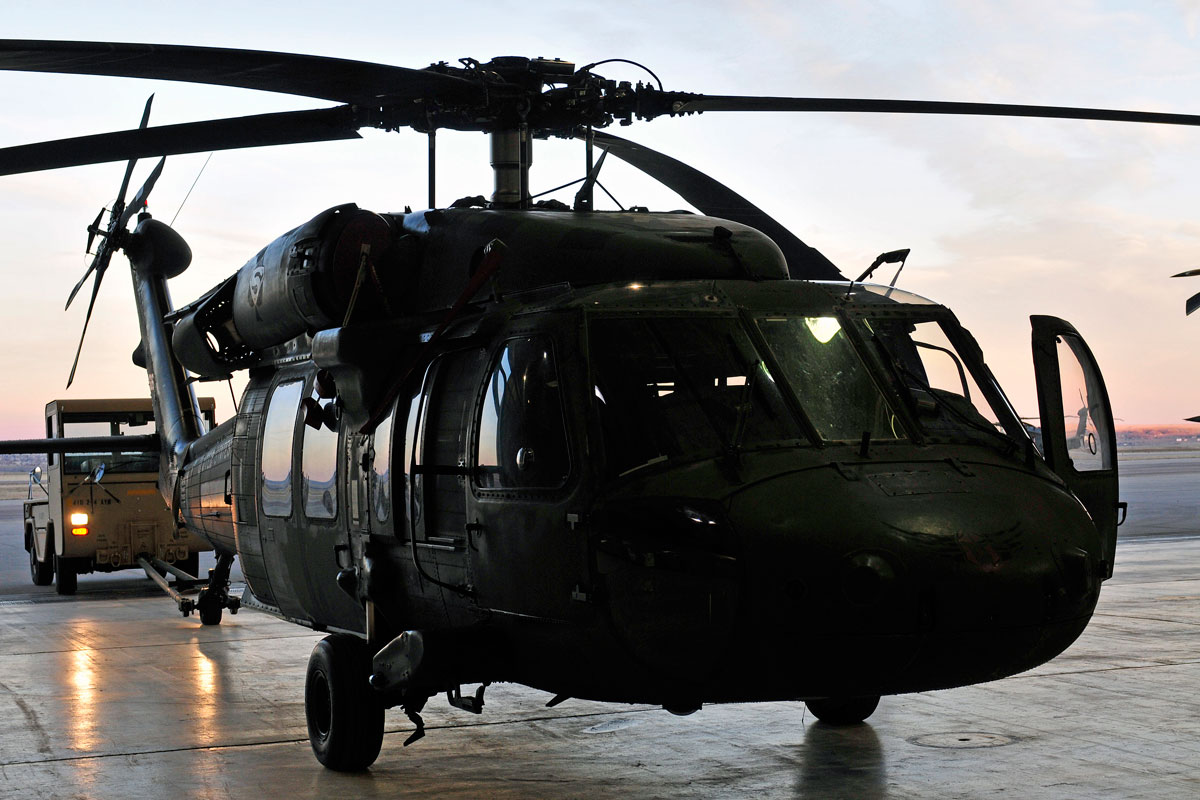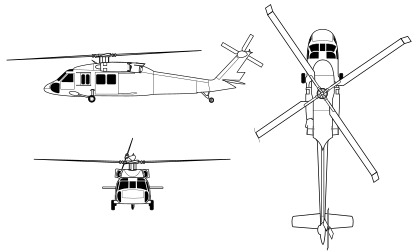UH 60 Black Hawk: Military Helicopter Attributes and Abilities
UH 60 Black Hawk: Military Helicopter Attributes and Abilities
Blog Article
Discovering the Ingenious Technology Behind Airplane Style and Design
The field of airplane style and design is witnessing a transformative shift driven by ingenious technologies that enhance efficiency, performance, and sustainability. As the market grapples with the obstacles of ecological obligation, developments in lasting aviation innovations promise to reshape the future.
Advanced Materials in Airplane Design
Just how can the combination of sophisticated materials transform aircraft style? The unification of innovative products, such as carbon fiber composites, titanium alloys, and advanced ceramics, plays a vital function in enhancing aircraft performance and effectiveness. These materials provide remarkable strength-to-weight ratios, making it possible for manufacturers to reduce overall aircraft weight without jeopardizing architectural honesty. This reduction in weight directly contributes to boosted fuel effectiveness and enhanced payload capacity.
Furthermore, innovative materials show boosted resistance to corrosion and fatigue, causing lower upkeep expenses and extended life span. The usage of titanium in essential parts helps endure severe temperature levels and anxieties, while carbon fiber compounds give versatility in design and manufacturing processes. This versatility allows for even more aerodynamic shapes, adding to superior efficiency features.
Additionally, the combination of clever materials, which can change residential or commercial properties in feedback to external stimulations, opens up brand-new methods for flexible systems in aircraft style. uh 60. These advancements promise not only to improve security and operational effectiveness however additionally to add to sustainability efforts by lessening ecological impact with lowered emissions. In recap, progressed materials are redefining the landscape of aircraft style, leading the method for much more reliable, long lasting, and eco-friendly aeronautics services
Wind Resistant Technologies for Performance
Wind resistant developments play an essential function in boosting aircraft performance, dramatically influencing fuel consumption and overall performance. Advancements in airfoil layout, such as the intro of supercritical wings, enable maximized lift-to-drag ratios, reducing drag at transonic speeds. These developments make it possible for aircraft to preserve higher speeds with reduced fuel expense, directly affecting operational prices and environmental sustainability.
Additionally, the assimilation of winglets has actually proven efficient in mitigating vortex-induced drag at the pointers of wings, further improving fuel performance - uh 60. This style adjustment causes a reduction in wake disturbance, contributing to boosted aerodynamic efficiency during cruise problems

In addition, computational liquid characteristics (CFD) devices have transformed the screening and improvement of wind resistant shapes, permitting precise simulations of air movement around airplane (uh 60). This allows engineers to introduce continually, ensuring that modern-day aircraft not just satisfy governing criteria yet also press the borders of efficiency in aeronautics

Function of Computer Simulations
Computer system simulations have actually come to be a vital tool in the field of aircraft style, allowing engineers to conduct in-depth evaluations and optimizations of different design facets. These simulations permit the virtual testing of aerodynamic homes, structural integrity, and efficiency metrics long prior to physical models are developed. By utilizing computational fluid dynamics (CFD) and limited aspect evaluation (FEA), designers can forecast how air flows around the airplane and how different products will react to anxiety and strain.
Furthermore, computer simulations promote the exploration of a variety of variables and scenarios, increasing the style process and reducing costs connected with physical testing. This capability not only boosts the precision of predictions concerning aircraft habits but likewise supplies understandings into potential layout improvements that could not be right away apparent via traditional approaches.

Additionally, simulations aid make sure conformity with strict security guidelines by allowing engineers to determine and rectify potential issues early in the style phase. The integration of simulation innovations into the aircraft design procedure emphasizes the substantial innovations in engineering methods, inevitably contributing to the growth of safer, extra effective, and eco-friendly aircraft.
Expert System in Design
Artificial knowledge (AI) is changing the design landscape, particularly in aircraft layout, by boosting decision-making procedures and maximizing style workflows. Via machine discovering algorithms, AI can evaluate vast datasets, uncovering patterns and insights that notify style options and improve total performance.
AI applications in airplane style include generative design, where algorithms produce numerous design options based upon specified specifications, enabling engineers to examine a more comprehensive range of opportunities. This not only accelerates the design stage but look these up additionally makes certain that the end products meet rigid performance and security standards.
Additionally, AI-driven anticipating analytics facilitate upkeep organizing by assessing historical information and anticipating potential failings. This aggressive method reduces downtime and enhances airplane reliability.
Furthermore, AI aids in simulation and modeling, allowing designers to check styles under different problems without the requirement for physical models. This ability shortens development timelines and lessens prices connected with typical screening approaches.
Lasting Aviation Technologies
Exactly how can the aviation sector efficiently balance growth and ecological obligation? The response lies in the adoption of lasting air travel technologies that prioritize efficiency and reduce carbon emissions. Advancements such as lasting aviation fuels (SAFs), which are obtained from sustainable resources, have arised as a crucial component in attaining lower lifecycle exhausts. SAFs can dramatically decrease the carbon impact of trips, making them a feasible alternative to standard jet fuels.
Additionally, advancements in aircraft style, such as the advancement of lighter materials and more aerodynamically reliable forms, contribute to improved fuel effectiveness. Electric and hybrid propulsion systems are likewise obtaining traction, using a path to minimize reliance on fossil fuels and lessen greenhouse gas exhausts.
The combination of these technologies is supported by governing frameworks and sector partnerships focused on establishing enthusiastic sustainability targets. Digital devices like information analytics and man-made knowledge can enhance trip procedures, even more enhancing fuel effectiveness. By embracing lasting practices and modern technologies, the aviation industry can not only meet the growing need for flight yet likewise play a crucial function in resolving environment modification, making certain a much more sustainable future for air transport.
Verdict
The merging of advanced products, wind resistant developments, and sophisticated innovations marks a significant development in aircraft style and engineering. The integration of carbon fiber composites, titanium alloys, read this post here and AI-driven procedures not only enhances performance and effectiveness but additionally streamlines process and anticipating maintenance.

Computer simulations have become an indispensable device in the field of airplane layout, enabling designers to carry out in-depth evaluations and optimizations of various style elements.The merging of sophisticated products, wind resistant technologies, and cutting-edge modern technologies marks a considerable development in aircraft layout and design.
Report this page